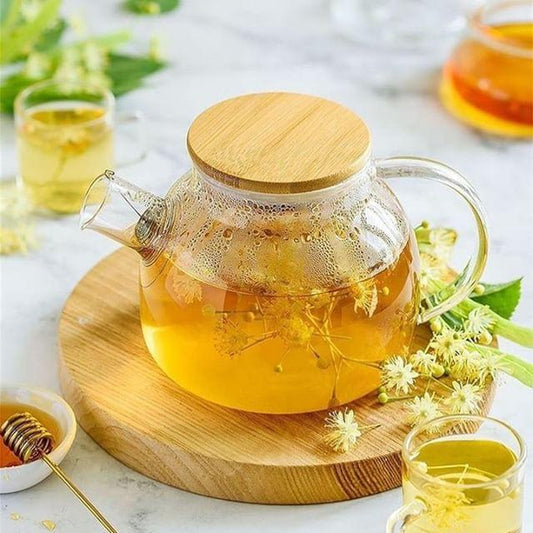What are Bowls and how they differ from sizes and styles
 |
TABLE SETTING GUIDE There are three basic types of bowls:
SOUP BOWLS There are seven different types of soups bowls:
|
BOWL SHAPES
The temperature and texture of the soup determine the bowls’ shape.
Thick, chunk-filled soups, like a hearty beef soup, retain heat and are served in shallow, wide bowls – which releases heat well.
If soup has a smooth texture (pureed soup) it is served in a deep bowl – which holds heat well.
Narrow cups are used to serve clear soup because they preserve temperature well.
BOWL HANDLES
The shape of soup bowl/soup cup handles help determine the bowl’s use at the table.
Vertical open-loop handles (cream soup bowl or bouillon cup) can be lifted and the liquid is drunk.
Solid horizontal handles (lug soup bowl) can be tilted to gather the last bit of liquid.
VOLUME
Soup bowls hold 8–12 ounces on average.
Soup cups hold approximately 4 ounces.
UNDERPLATES
Underplates help protect the table from heat and balance the place setting. All bowls, even ones with saucers, should be placed on an underplate.
SOUP BOWLS
SOUP PLATE
Wide, shallow bowl with a flanged rim. Diameter is approximately 9 to 10 inches, the rim is 1 to 2 inches wide, the depth is up to 1 ½ inches deep, and the well is 6 to 7 inches across.
The only soup bowl used in formal dinner service.
COUPE SOUP BOWL
Saucer-like shape approximately 6 to 9 inches across. Only for informal dining.
SOUP-CEREAL BOWL
With or without a rim.
To serve food eaten with a fork (salad or pasta) or eaten with a spoon soup.
Used only at informal meals.
AKA the oatmeal bowl.
Approximately 5 ¾ to 8 ¾ inches in diameter
Slightly narrower and deeper than the soup plate and coupe soup bowl.
COVERED SOUP BOWL
Keeps soup hot from the kitchen to table.
Table etiquette requires that guests remove the lid, rest the cover, rim side down, on the side of the underplate, and replace it before the table is cleared.
4 ½ to 6 ½ inches across and the depth is approximately 2 to 3½ inches.
It is narrower and deeper than a soup plate, a coupe soup bowl, or a soup-cereal bowl.
LUG SOUP BOWL
4½ to 5½ inches in diameter and 2½ inches deep.
Built to withstand oven temperatures, the lug soup bowl is used to present an individual serving of French onion soup put under the broiler to melt cheese, and is also known as an onion soup bowl.
CREAM SOUP BOWL AND SAUCER
4 to 5 inches in diameter
Use to serve the first course of pureed soup at meals with a light menu.
BOUILLON CUP AND SAUCER
3 ¾ inches in diameter and features a companion saucer about 5 1/ 2 inches across.
Bouillon is drunk entirely from the cup or sipped from a spoon, one or the other but never both (that's bad table manners!). To test the temperature, a single sip is taken from the spoon. When bouillon is drunk from the cup, the cup is held by one or both of the open-loop handles, whichever is more comfortable.
FINGER BOWL
4 inches in diameter by 2 ¼ inches high, a bowl used to rinse the fingertips only, and filled with just enough water to cover them. Dining etiquette for using a finger bowl: To prevent water from overflowing the bowl, the fingertips are rinsed one hand at a time and wiped on a napkin held low in the lap.
RAMEKIN
Made to serve baked dishes composed largely of cheese, milk, cream, such as custard, flan, crème Brulee, or cheese soufflé.
thank you to etiquette scholar (https://www.etiquettescholar.com/dining_etiquette/table_setting/place_setting/dinnerware/bowls.html)
Share:





